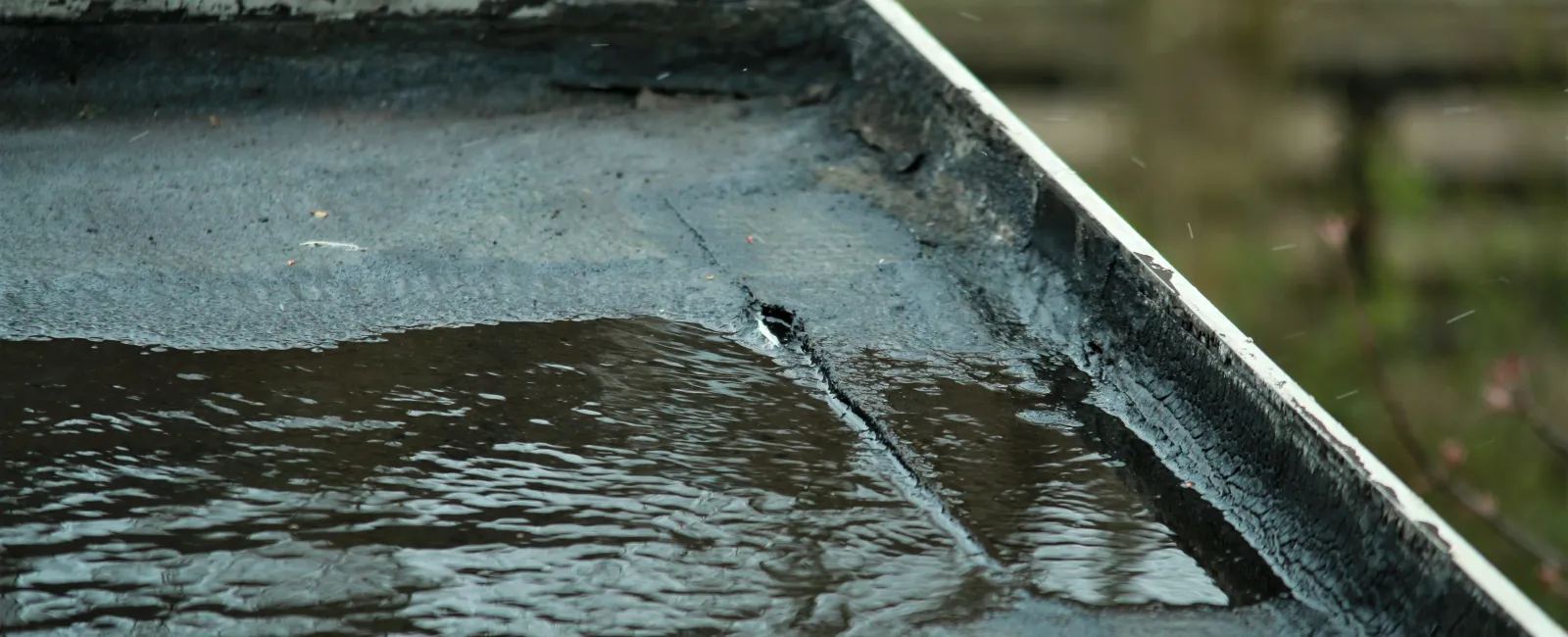We’ve talked about how to avoid leaks when building a new addition or major renovation on your house. But there is another time when a leaking addition can be especially dangerous: The first heavy spring rainfalls, when undetected roof damage can turn into entry points for dangerous amounts of water. Here’s how to scout out such leaks before they become a problem in those first treacherous storms.
Look for obvious signs of damage
A walk around your house after winter can show a lot. Are there are stains on your eaves or upper siding sections? This is a sign that ice dams and other problems may have developed during freezing winter conditions and created leaks along the edge of your roof – leaks that will cause even more damage during spring rains unless you let a professional find and repair them.
Check for winter shingle wear before spring showers
Inspecting the state of your roof can also provide valuable clues about any potential leaking addition problems. When looking at your shingles, watch for two warning signs in particular. First, look for missing and gray shingles. This is a sign that your shingles are growing old and that some of been lost in the winter weather. That creates dangerous gaps where water from spring storms can linger and leak through. These spots need to be professionally patched.
Second, look for “cupping” shingles that have started to curl up at the edges. This is another sign of wear and is particularly dangerous because these cupped shingles can hold the water from fresh rain and increase the changes of leaks.
Clear out and clean out
Don’t forget to pay attention to your gutters, too. Often after winter gutters are full of debris, leaves and needles. Full gutters don’t respond well to rainstorms – they can grow flooded and the excess winter may spill out onto the roof and create moisture damage. Clean out your gutters as part of your spring cleaning.
Inspect flashing
You should also try to take a closer look at your flashing, the strips of metal protectors around the edges of your roof and the intersections between roof planes and other objects. If your flashing has rusted or bent over the winter, it will now allow water to seep in and create leaking addition problems. Call in an expert to replace flashing and reseal if it looks like it has been damaged.
When the rain comes
After your first big spring rain, it’s a good idea to check up on your roof. Look for any obvious signs of leaking or pooling water that could indicate problems. The worst types of leaks are the subtle ones that escape detection, but if you catch them after the first rainfall you can prevent them from doing any further damage.



